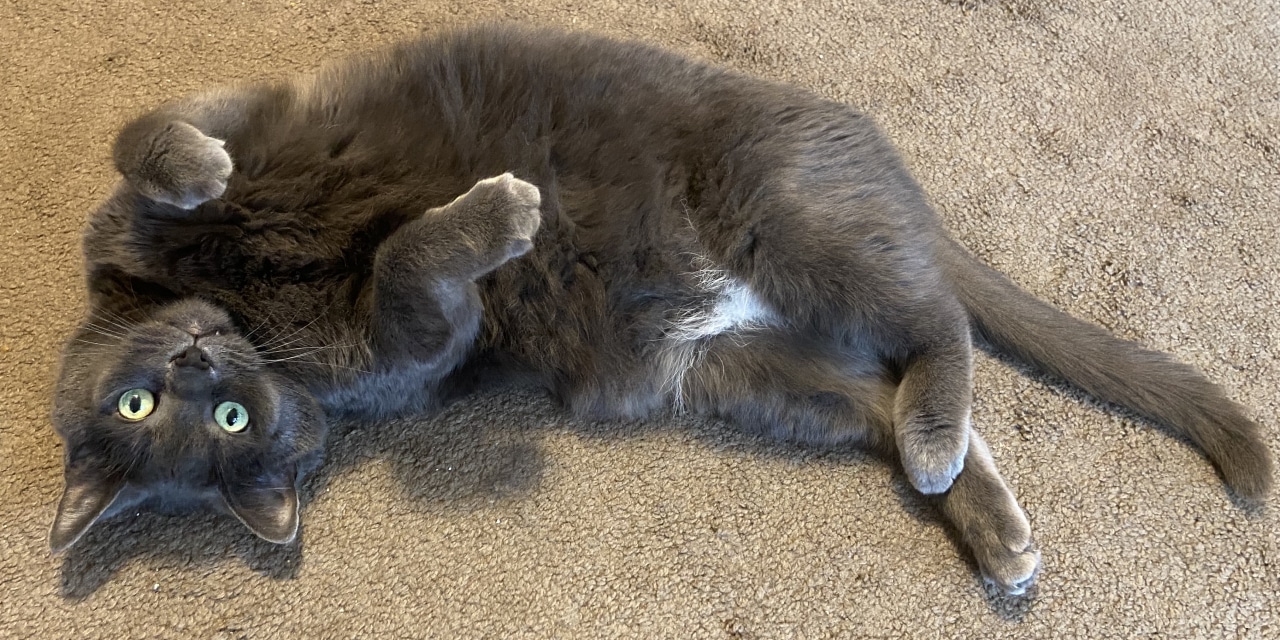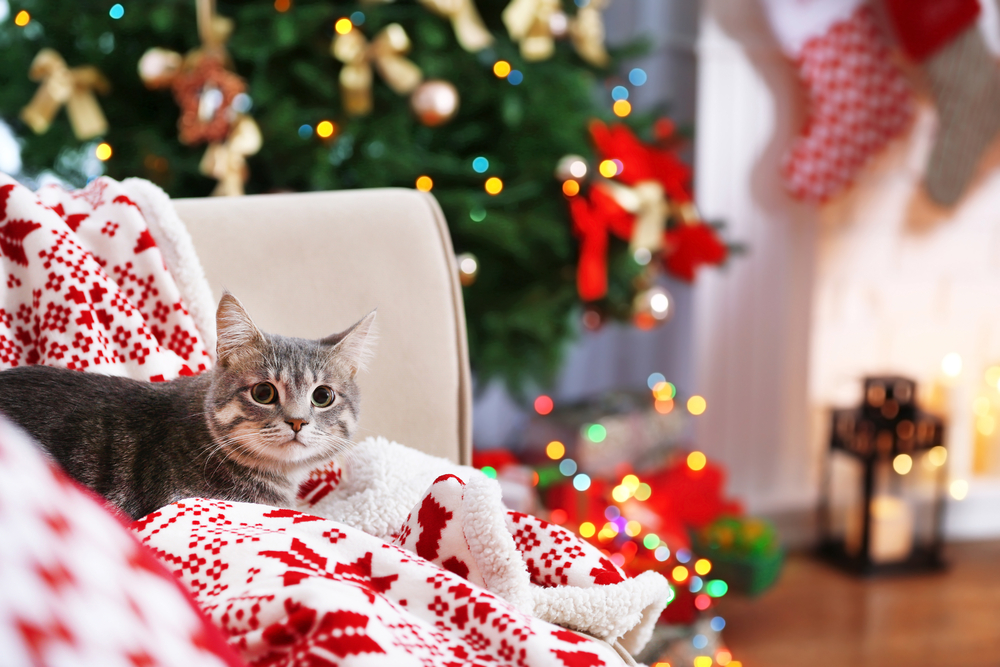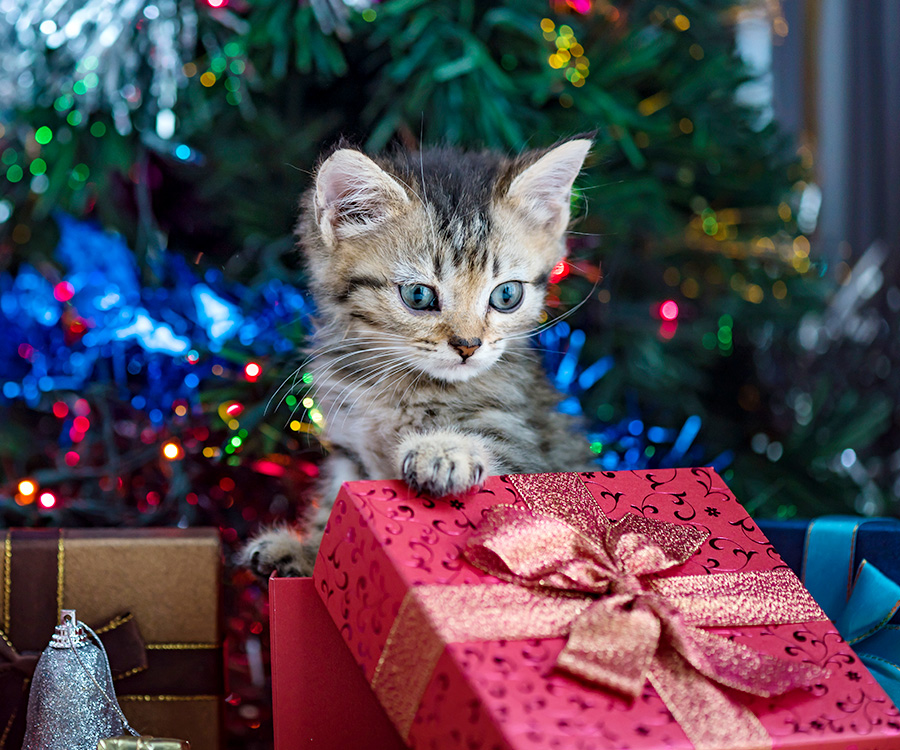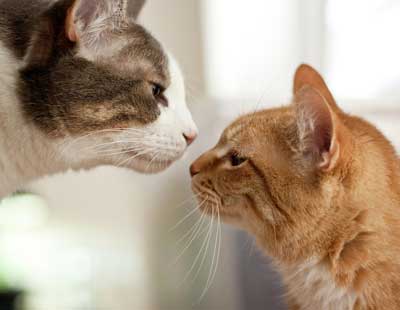Written by Rene Knapp, long time TICA member and dedicated cat lover.
When we think of obsessive-compulsive disorder (OCD), we usually think of humans—but cats can suffer from obsessive behaviors too. Feline OCD is a recognized condition that can affect your cat’s quality of life if left untreated.
What is Feline OCD?
Feline obsessive-compulsive disorder is a condition where a cat performs repetitive, exaggerated behaviors that serve no clear purpose. These behaviors may interfere with their normal routine and can be distressing to both the cat and the owner.
Common OCD Behaviors in Cats
1. Excessive Grooming
Cats may lick or chew themselves obsessively, often to the point of hair loss or skin damage.
2. Tail Chasing or Self-Mutilation
Repetitive tail chasing or biting can indicate a deeper psychological issue.
3. Pacing or Compulsive Meowing
Cats with OCD may pace in the same area or vocalize constantly for no apparent reason.
Causes of Obsessive Behavior
- Stress from changes in environment or routine
- Lack of mental or physical stimulation
- Genetic predisposition (especially in certain breeds like Siamese or Burmese)
- Past trauma or early weaning

How to Help a Cat with OCD
1. Consult Your Veterinarian
Rule out underlying medical conditions and discuss potential behavioral therapy or medication options.
2. Enrich Their Environment
Provide plenty of toys, climbing spaces, and interactive play to reduce boredom.
3. Stick to a Routine
Cats feel safer with consistency. Try to feed, clean, and play with them at the same times each day.
4. Use Pheromone Diffusers
Products like Feliway can help calm anxious behaviors and provide comfort.
Final Thoughts
Feline OCD can be frustrating, but with patience, understanding, and veterinary support, many cats can live happy, balanced lives. Early intervention and consistent care are key to helping your feline friend regain their well-being.
Additional Resources
- ASPCA: Common Cat Behavior Issues
- International Cat Care: Cat Behaviour
- Cornell Feline Health Center























































































